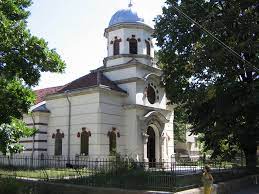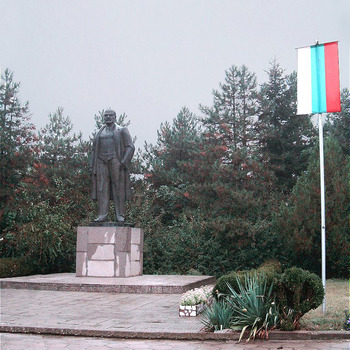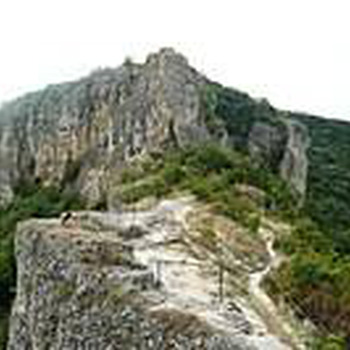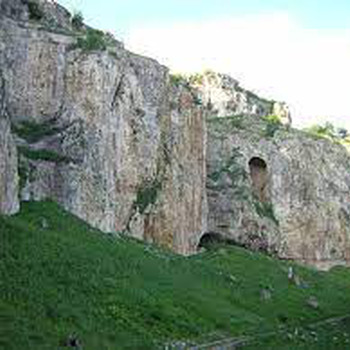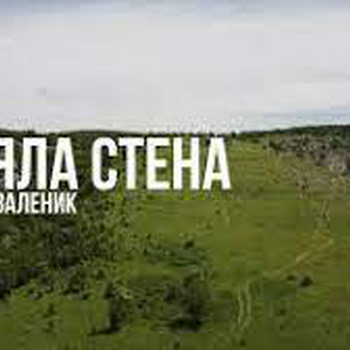Church of St. George in Ruse
Overview
St. George the Great Martyr is a church in the city of Ruse, Bulgaria. In place of the now-existing St. George's Church, there was a wooden church that burned down during the Russo-Turkish War of 1806-1812. During his visit to Ruse in 1640, the Catholic Archbishop Peter Bogdan Bakshev noted that there were two wooden Bulgarian churches in the city. Probably the churches of the Holy Trinity and St. George. Felix Kanitz writes that St. George's Church is older than the Holy Trinity. In 1837, the board of trustees of the Holy Trinity Church granted a loan to begin construction of today's St. George Church. Following are repeated actions of the Bulgarian population living in the southern part of the city to restore the Orthodox church. On March 25, 1841, Sultan Abdul Majid I issued a decree to build a temple on the site of the old one. The construction of the church began in 1841 and ended the following year. The consecration took place on January 30, 1843 by Bishop Sinesii Chervenski. The construction is led by the Tryavna master Peno Nikeoglu, and the construction workers are from Tryavna and Gabrovo. The Church of St. George the Great Martyr is 32 meters long and 14 meters wide and is dug about two meters into the ground. Architecturally, it is a three-nave basilica with three altars: the central one, dedicated to St. George, the northern one, dedicated to St. Demetrius Basarbovski and the southern one, dedicated to St. Nicholas of Myra, the Miracle Worker. The three ships are divided by six wooden columns on each side. The church was painted by the Debar master Apostol Hristov from Sofia in 1924. [1] [2] In 1958, however, the wall iconography was replaced by a new one, the work of Professor Nikolai Kozhuharov and the artist Tsanko Vassilev. The first iconostasis in the church was made by Doncho Todorov from the village of Bozhkovtsi and Bozhko Stoykov from the Tryavna huts Mitrovtsi. Parts of it are preserved in the Basarbovo Monastery and the Karanverbovo Monastery "St. Marina". The current iconostasis was made by Professor Ivan Travnitsky. It was installed on its current site in February - March 1930. The icons on it are the work of Mr. Zhelyazkov and the Ruse icon painter D. Radoykov. The icons from the old iconostasis, painted by Zachary Tsanyuv and Ioanikii Papavitanov from the Tryavna School of Painting in 1842, are also preserved in the church. The worshipers entered the temple through a jamlak covered with tiles. It had north and south gates. In 1939 a bell tower with a chapel "St. Ivan Rilski" was built in front of the church, designed by engineer Vasil Roglev. A bell weighing 445 kg is placed in the highest part. Today's bell tower is built with stones from the old one. It was built in 1904 by urban engineer Edward Winter. The church house in the churchyard was built according to the project of the city architect Onufriy Zarzov. It was completed in 1909 and is modernly furnished - with tarpaulins on the floor and banners on the windows. In the building they housed the library, the meeting room of the church board, the office, and in the basement the candle foundry. The candle foundry at the temple was opened in 1892 and functioned until April 1930. In 1914, the candles were of three types: "yellow" for BGN 8 per kilogram, "white" for BGN 10 and "colorful" for weddings of BGN 20. Anatolian wax from Turkey was used. The electricity in the temple was laid in 1924, and the telephone exchange was opened in 1937. The church had two funeral cars called "dricks". In 1904 they used the horses of the Fire Brigade in the city. One of the dricks was used for the funeral of Metropolitan Mikhail Dorostolsky and Chervensky in May 1961. After a few years, the drica was sold in Razgrad. In 1867. At the initiative of the teacher Nikola Pop Mihailov, the first Society for the Support of Poor Students in Ruse was established. It had about 250 members and supported 20 students. Four years after its establishment, the Brotherhood Society was renamed. By decision of the Municipal Council in 2002, May 6 - St. George's Day - was designated a holiday of Ruse.
Recommended
- Ecomuseum with an aquarium
- Panoramic site Leventa
- Sexaginta Prista Fortress
- Pantheon of the Revivalists
- The Viennese house
- Prince's residence
- King's stone
- Quay
- Regional historical museum
- Monument of freedom


 Bulgarian
Bulgarian Romanian
Romanian